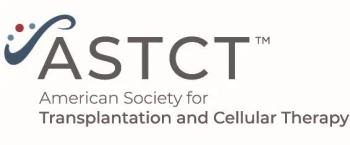![According to John Henson, MD, “What we need are better treatments to control the [brain] tumor once it’s detected.”](https://cdn.sanity.io/images/0vv8moc6/cancernetwork/e0d29c38bb732429ae370e4ef7d1829a10c96446-2992x1684.png?w=350&fit=crop&auto=format)
- ONCOLOGY Vol 11 No 11
- Volume 11
- Issue 11
Olive Garden Raises $2 Million for Leukemia Society
Olive Garden Italian Restaurants recently reached their goal of raising $2 million through its “Pasta for Pennies” program to
Olive Garden Italian Restaurants recently reached their goal of raising $2 million through its Pasta for Pennies program to benefit the Leukemia Society of America. The program encourages elementary, middle, and high school students around the country to donate any spare change they can find. The class that raises the most money receives a pasta lunch from the restaurant chain.
More than 1,500 schools nationwide recently contributed their spare change to help Olive Garden reach this years goal. We salute students, teachers, and parents for their participation in Pasta for Pennies, said Brad Blum, President of the Olive Garden Italian Restaurant.
More than 290 Olive Garden Restaurants participated in Pasta for Pennies this year. In addition to a pasta lunch, schools have the chance to win such prizes as computers, televisions, and educational trips. Olive Garden further supports the program by hosting kick-off luncheons for participating schools and providing market support.
Articles in this issue
about 28 years ago
Daniplestim May Increase Peripheral Blood Stem-Cell Harvestsabout 28 years ago
Childhood Cancers-Positives and Negatives in Europeabout 28 years ago
Tobacco Tax Initiative-Oregon, 1996about 28 years ago
Update: Trends in AIDS Incidence in the United Statesabout 28 years ago
New Treatment for Patients With Advanced Breast Cancerabout 28 years ago
Prostate Cancer Treatment in Europeabout 28 years ago
Genetic Changes May Persist in Former Smokersabout 28 years ago
A New Tool in the Study of Cancerabout 28 years ago
Clinical Status and Optimal Use of New Therapeutic Agentsabout 28 years ago
Advances Made, Challenges Remain in Fight Against CancerNewsletter
Stay up to date on recent advances in the multidisciplinary approach to cancer.





















































































